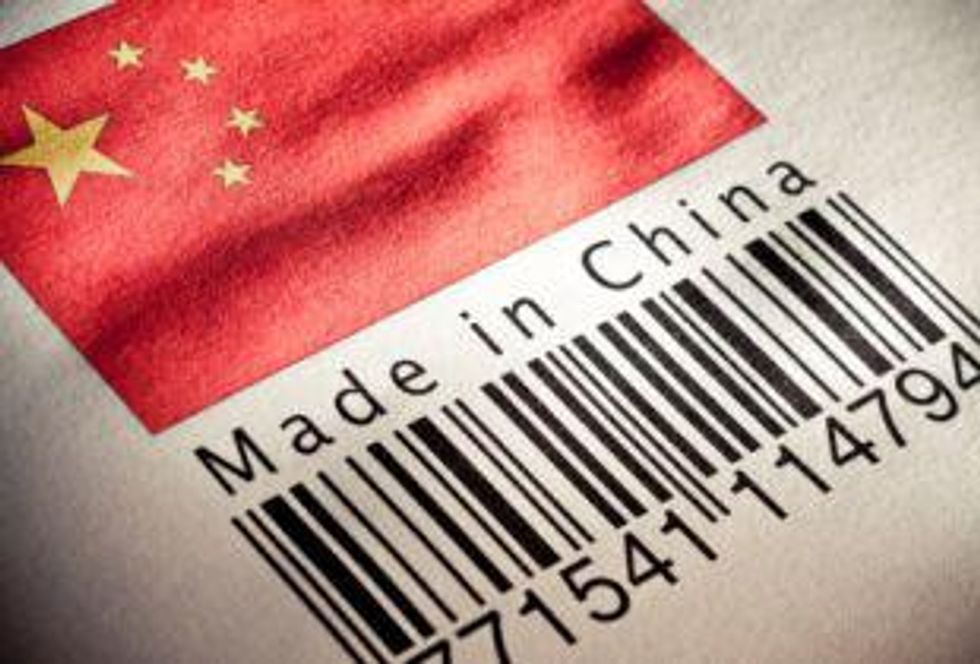- AustraliaNorth AmericaWorld
Investing News NetworkYour trusted source for investing success
- Lithium Outlook
- Oil and Gas Outlook
- Gold Outlook Report
- Uranium Outlook
- Rare Earths Outlook
- All Outlook Reports
- Top Generative AI Stocks
- Top EV Stocks
- Biggest AI Companies
- Biggest Blockchain Stocks
- Biggest Cryptocurrency-mining Stocks
- Biggest Cybersecurity Companies
- Biggest Robotics Companies
- Biggest Social Media Companies
- Biggest Technology ETFs
- Artificial Intellgience ETFs
- Robotics ETFs
- Canadian Cryptocurrency ETFs
- Artificial Intelligence Outlook
- EV Outlook
- Cleantech Outlook
- Crypto Outlook
- Tech Outlook
- All Market Outlook Reports
- Cannabis Weekly Round-Up
- Top Alzheimer's Treatment Stocks
- Top Biotech Stocks
- Top Plant-based Food Stocks
- Biggest Cannabis Stocks
- Biggest Pharma Stocks
- Longevity Stocks to Watch
- Psychedelics Stocks to Watch
- Top Cobalt Stocks
- Small Biotech ETFs to Watch
- Top Life Science ETFs
- Biggest Pharmaceutical ETFs
- Life Science Outlook
- Biotech Outlook
- Cannabis Outlook
- Pharma Outlook
- Psychedelics Outlook
- All Market Outlook Reports
Rare earth prices have jumped again, up nine fold from a year ago. The news of the increase in price also come at the same time that a new tax is levied on heavy and light rare earths differently, setting the stage for a potential change to export policy.
By Michael Montgomery—Exclusive to Rare Earth Investing News
The value of the 17 elements that make up the rare earth group of metals have been exploding over the past 18 months. The supply and demand fundamentals of this market have been thrown out of balance due to rapidly expanding demand and dramatic cutbacks of supply from China. The prices that are paid for the individual rare earth oxides are hard to come by as they are based on a contract basis, and the numbers from China are not openly publicized.New reports show that the average price of rare earth exports from China are continuing to explode, and may jump higher still when export quotas for the second half of 2011 are released sometime this summer. Currently, the market is worried about demand coming from Japan, the largest importer of Chinese rare earths. A few prospective rare earth mining companies took a hit after the earthquake because of concerns that a drop in demand from could negatively impact prices, which in turn would hurt the economics of potential deposits.
A new report detailing the value of the exports should quiet most of the fears. The numbers were obtained by searching the Chinese Commerce Ministries export data, and while the exact type of rare earth is not described the overall value of the shipments is impressive. Despite decreasing trading volumes, Chinese firms were able to rake in money as the value of the minerals have jumped nearly nine fold since last year when each tonne of rare earth earned a paltry $14,405 on average.
“The apparent price rises have averaged $10,000 per tonne per month but accelerated in February, galloping ahead by $34,000 per tonne, according to Reuters calculations based on data from China’s Customs office. Last month each tonne of exports was valued at $109,036 on a free on board basis, almost half as much again as the average value in January,” reported Tom Miles, for Reuters.
Trading volumes totaled 750 tonnes in February, up from 647 tonnes in January, the lowest amount since Feb. 2009. As far as exports to Japan are concerned, in February the nation imported 281 tonnes at a value of $138,406 per tonne. A change of accounting from China is of note to consider. The Chinese customs office did change the accounting of rare earth exports to include products made from rare earths on top of raw materials. When rare earth products were added, the total exports were 2,976 tonnes.
The news of the high prices also comes on the heels of a new tax on rare earths in China. The tax, while small in comparison to the total value of the oxides, does represent a shift in policy that previously did not differentiate between heavy and light rare earths. Heavy rare earths will be taxed 30 Yuan, light rare earth at 60 Yuan, or $4.54 and $9.10 respectively.
What makes this change potentially important is that China’s current export system does not account for the different levels of demand for the 17 different elements that are most commonly broken into two categories. The light rare earths (neodymium & lanthanum) are of lower value but are used more often, in greater volume, have seen massive increases in price. Last year the price of cerium rose 1256 percent, and this year the value of cerium has risen another 84 percent.
“Higher-value, heavier rare earths — which are rarer and primarily considered for their applications in more futuristic technologies — rose less substantially in price, only about 72% for terbium in 2010 and 35% so far this year,” reported James T. Areddy, for The Wall Street Journal. The effect that the one size fits all trade policy is that heavy rare earths (terbium & dysprosium) are made more available and are not subject to rapid increases in price, while light rare earths which are used in greater volume have seen dramatic price increases due scarcity.
As China is determining their next round of export totals, the change in this new tax policy may be indicative of a larger change in rare earth policy as Beijing is looking at rare earths as two specific groups. The new tax may also be used to for a variety of purposes. “[T]he government will use the tax to support research on rare-earth processing and application technology, set up environmental compensation funds or build rare earth reserves,” stated Yang Wanxi, director of a rare earth expert panel of the Baotou Municipal Committee of Sciences.
This development may be the biggest story in the next round of export quotas that may be released sometime mid-summer. If China changes its export policy to differentiate between the two groups of rare earth oxides it may have an equally dramatic effect on price as the massive cutbacks last year, however, the change may not be all positive for western mining firms. Stay Tuned.
Outlook Reports
Featured Critical Metals Stocks
Browse Companies
MARKETS
COMMODITIES
| Commodities | |||
|---|---|---|---|
| Gold | 2387.09 | +5.29 | |
| Silver | 28.78 | -0.11 | |
| Copper | 4.35 | -0.03 | |
| Oil | 86.16 | +0.75 | |
| Heating Oil | 2.68 | +0.02 | |
| Natural Gas | 1.70 | 0.00 | |
Investing News Network websites or approved third-party tools use cookies. Please refer to the cookie policy for collected data, privacy and GDPR compliance. By continuing to browse the site, you agree to our use of cookies.




